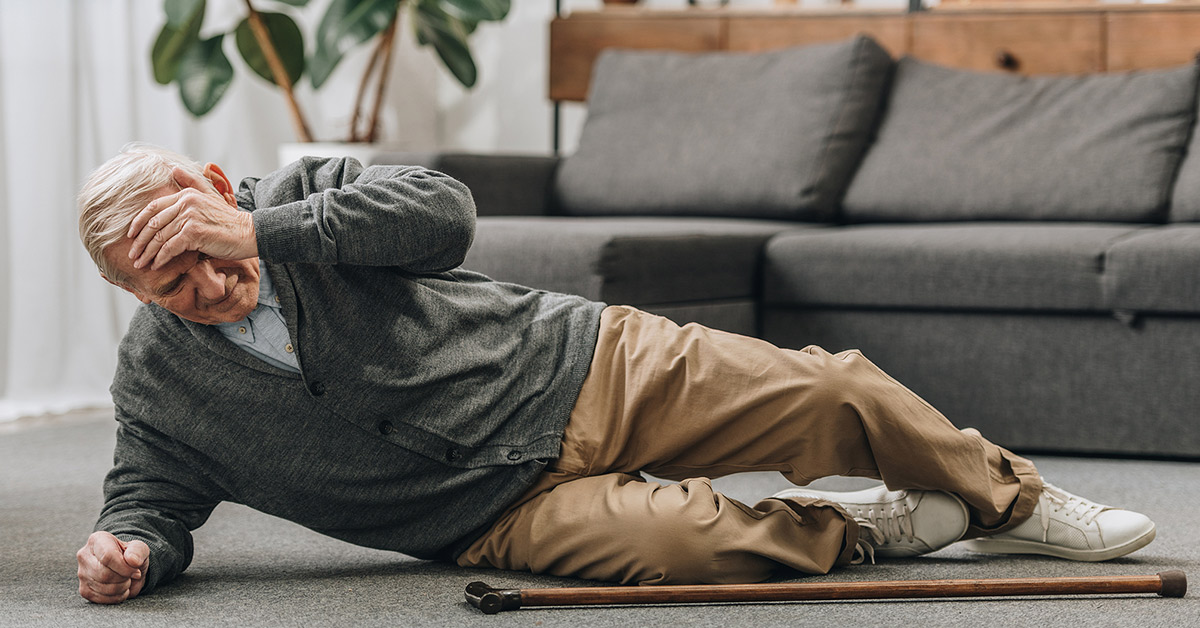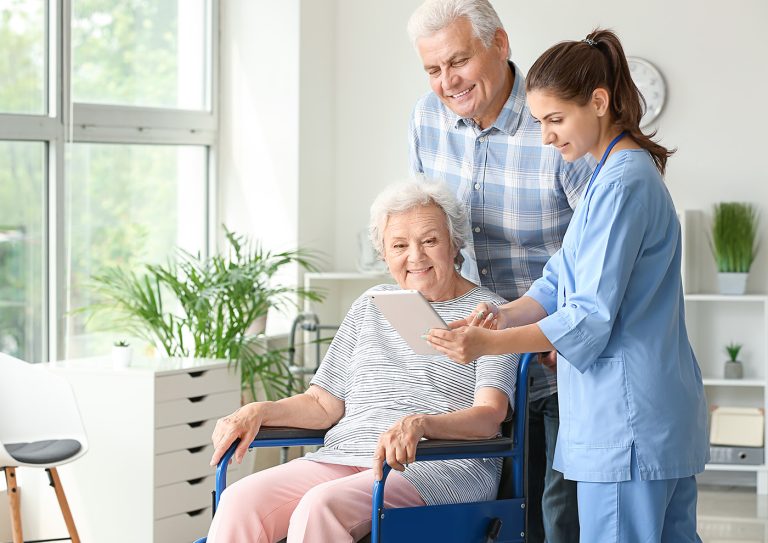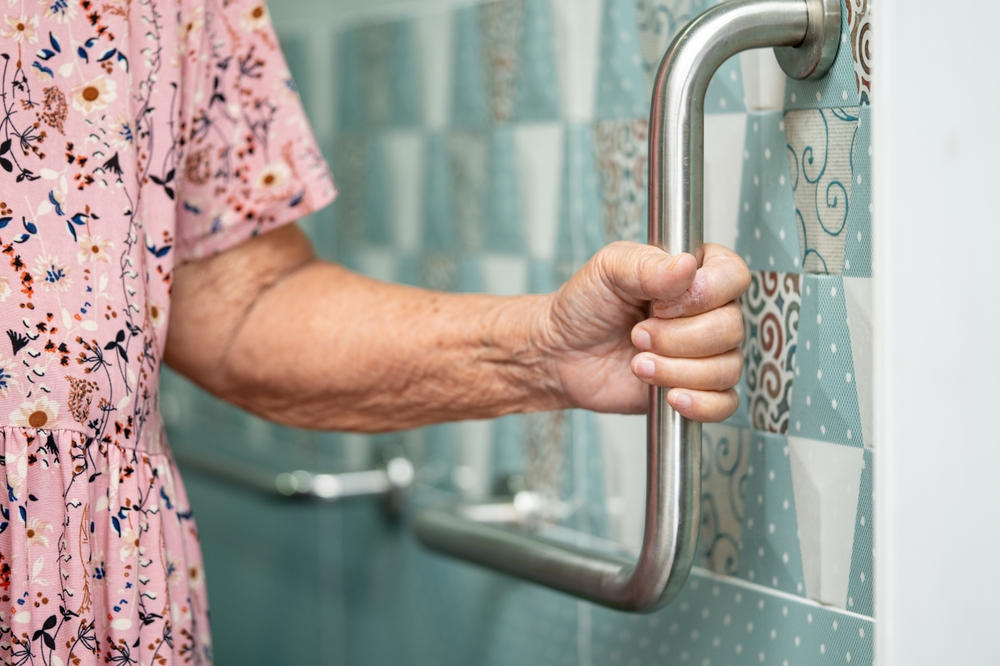As we age, maintaining independence becomes a significant concern, especially for seniors with limited mobility. The risk of falls increases, and the consequences can be severe. Therefore, fall detection for seniors with limited mobility is crucial in providing a safe environment while preserving their independence.
In this article, we explore the importance of fall detection systems, how they work, and the best options available for seniors today. Our goal is to provide a comprehensive guide that helps families make informed decisions for their loved ones.
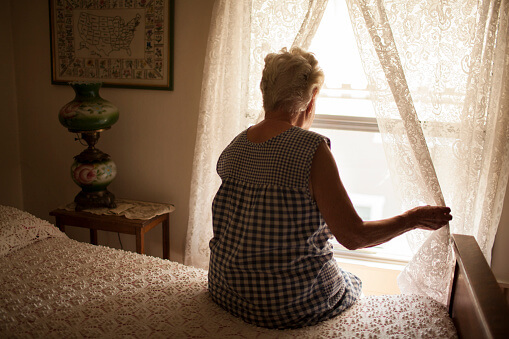
Why is Fall Detection Important for Seniors?
Falls are one of the leading causes of injury among seniors. According to the Centers for Disease Control and Prevention, millions of older adults fall each year, leading to injuries, loss of independence, and even death. For seniors with limited mobility, the risk is even higher due to decreased muscle strength and balance issues.
Understanding the Risks of Falls
The risk factors for falls include muscle weakness, balance issues, medication side effects, and environmental hazards. For seniors with limited mobility, these risks are compounded, making fall prevention and detection systems a necessity.
The Impact of Falls on Seniors
Falls can lead to severe injuries, such as fractures and head trauma. Beyond physical injuries, falls can cause psychological distress, leading to a fear of falling, which further limits mobility and independence.
How Does Fall Detection Technology Work?
Fall detection technology employs sensors and algorithms to monitor a person’s movements and detect falls. These systems can alert caregivers or emergency services, ensuring timely assistance.
Types of Fall Detection Systems
There are several types of fall detection systems, including wearable devices, smart home sensors, and camera-based systems. Each type has its advantages and limitations, making it essential to choose the right one based on the individual’s needs.
Wearable Fall Detection Devices
Wearable devices like smartwatches and pendants are popular for fall detection. They are equipped with accelerometers and gyroscopes to detect sudden movements or impacts indicative of a fall.
Smart Home Sensors
Smart home sensors offer a non-intrusive way to monitor seniors. These devices, such as those described in IoT sensors for daily life, can monitor environmental changes and alert caregivers in case of unusual activity.
Choosing the Right Fall Detection System
When selecting a fall detection system, consider the senior’s lifestyle, mobility level, and personal preferences. Some seniors may prefer wearable devices, while others might benefit from a more integrated smart home solution.
Factors to Consider
Consider factors such as ease of use, comfort, battery life, and the reliability of alerts. It’s also important to choose a system that respects the senior’s privacy and integrates well with their living environment.
Privacy Concerns with Fall Detection
Privacy is a significant concern with fall detection systems. Many seniors are wary of camera-based solutions. Fortunately, there are privacy-friendly solutions available that do not rely on cameras.
Integrating Fall Detection with Smart Home Technology
Integrating fall detection with smart home technology can enhance safety and convenience. Smart lights, locks, and thermostats can work with fall detection systems to create a safer environment.
Benefits of Smart Home Integration
Smart home integration allows for seamless communication between devices, providing real-time alerts and reducing response times in emergencies.
Examples of Smart Home Integration
For instance, smart lights can illuminate a path automatically when a fall is detected, and smart locks can grant emergency responders access to the home.
The Role of Caregivers in Fall Detection
Caregivers play a vital role in ensuring the effectiveness of fall detection systems. They must understand how the system works and respond promptly to alerts.
Training and Support for Caregivers
Providing training and support for caregivers ensures they can operate the system effectively and provide the necessary assistance in case of a fall.
Involving Family Members
Involving family members in the decision-making process ensures that the chosen system meets the senior’s needs and preferences.
Conclusion
Fall detection for seniors with limited mobility is an essential component of modern caregiving. By understanding the available technologies and integrating them effectively, families can provide a safer and more independent environment for their loved ones.
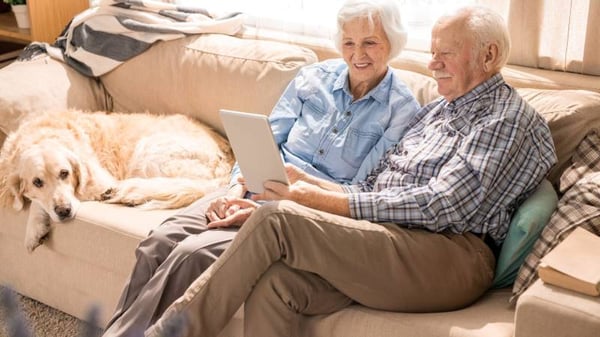
FAQs
What is the best fall detection device for seniors?
The best device depends on the senior’s needs and preferences. Options include wearable devices, smart home sensors, and non-camera-based solutions.
How do fall detection systems alert caregivers?
Most systems send alerts via smartphone apps or dedicated monitoring centers, ensuring prompt response and assistance.
Can fall detection systems be integrated into existing smart home setups?
Yes, many fall detection systems can be integrated with existing smart home devices, enhancing safety and convenience.
This article contains affiliate links. We may earn a commission at no extra cost to you.

